Derry needs to fully exploit the rich legacy of the Spanish Armada
and live on Freeview channel 276
While there may be an element of truth in this, we in the North West have not helped ourselves. We have failed to exploit the potential of the Spanish Armada story and its connections with the Derry area.
This is despite the presence in the Tower Museum of the greatest collection of Armada wreck artefacts anywhere, recovered from the wreck of La Trinidad Valencera in Kinnagoe Bay in the 1970s and 80s by the City of Derry Sub Aqua Club.
Advertisement
Hide AdAdvertisement
Hide AdThe Girona exhibition in the Ulster Museum in Belfast, spectacular with its gold and silver jewelry and coins, is significantly bolstered by the inclusion of a large number of artefacts from La Trinidad Valencera.
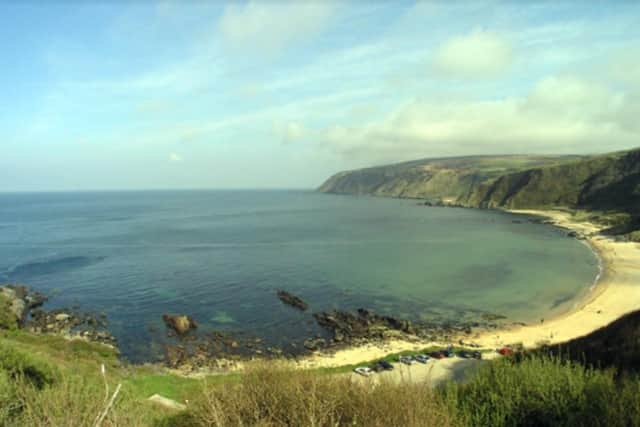

Without these, the Girona exhibition would be sparse. After all, one gold coin looks very much like the next.
The Armada elsewhere
We must look to what other Spanish Armada activities take place. The outstanding example is the work of the Grange Armada Development Association (https://spanisharmadaireland.com/).
Each year a ‘Remembering the Armada Festival’ is held, and this year, after a 2-year Covid break, it is on the 16th to 18th September. Each year, there are lectures, musical events and many other activities.
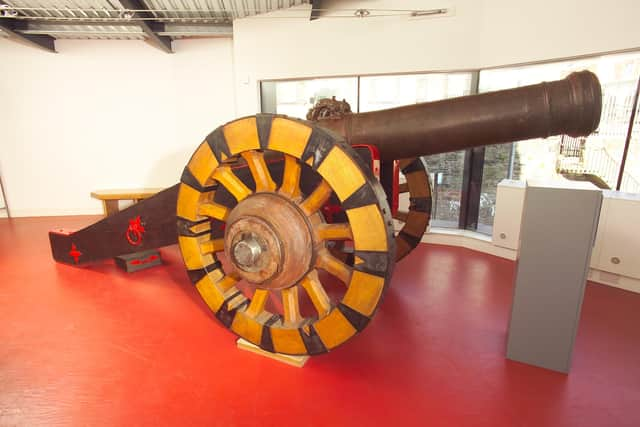

Advertisement
Hide AdAdvertisement
Hide AdOn Streedagh Strand, 1,100 crosses are erected to commemorate the sailors and soldiers who died there in September 1588.
Spanish Naval and Diplomatic personnel attend, along with tourists from Spain. A Service of Remembrance is held on a perpetual commemorative site.
Another example is the work of the Donegal GAP Heritage and History Group, (http://donegalgapheritage.ie). Although currently still suspended due to Covid, each year there is a walk from Portnoo to Killybegs, commemorating the trek by the survivors of the Armada vessel Duquesa Santa Ana, wrecked in Loughross Mor Bay.
Those survivors carried their popular but wounded commander, Don Alonso de Leyva, the 19 miles to Killybegs to join the ill fated Girona.
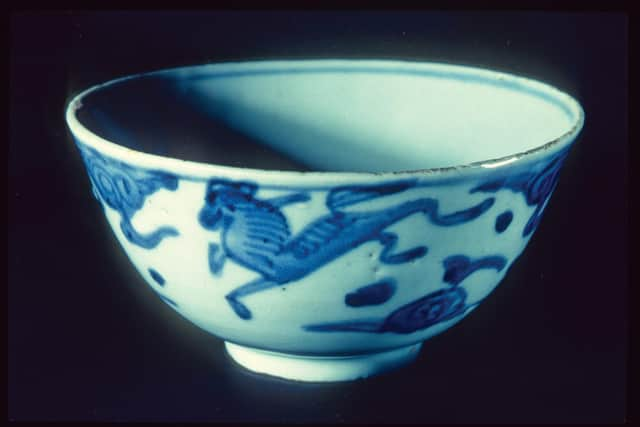

Advertisement
Hide AdAdvertisement
Hide AdA carved stone is now set in the slipway at Portnoo, displaying a footprint commemorating the place where the survivors first set foot in Ireland, with another in Killybegs to signify where they departed this island.
Maritime Museum
The IMM in Greencastle recently acquired a number of conserved artefacts from the wreck of La Trinidad Valencera, and last June organized an excellent exhibition launch, attended by divers from the City of Derry Sub Aqua Club who found the wreck in 1971.
The 50th anniversary of the discovery, delayed by Covid, was celebrated over a weekend of lectures and tours.
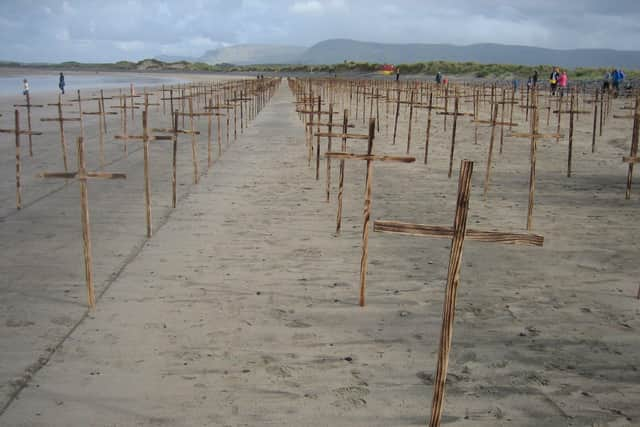

The events coincided with the visit of a group from Virginia, USA, led by Charles Perkinson, who was Diving Officer of the City of Derry Sub Aqua Club in 1971, and who was present on the discovery dive along with Fr. Michael Keaveney, the diving priest.
Derry connections
Advertisement
Hide AdAdvertisement
Hide AdSo why have we in Derry and the North West not established some form of regular commemoration of the Spanish Armada? And upon what pegs could we hang such an event?
Primarily, of course, there is the exhibition of conserved artefacts from La Trinidad Valencera in the Tower Museum. These are due in the next few years to be moved into the new museum planned for Ebrington.
There is a huge variety of artefacts, many of a very delicate nature. There are fabrics, wooden objects, ceramics ranging from coarse earthenware to a Chinese Ming Dynasty porcelain bowl; pewter and copper items, and cannon guns.
The story of the search for, and discovery of the wreck is an epic, and is recorded in detail in two films made by the BBC in the 1970s.
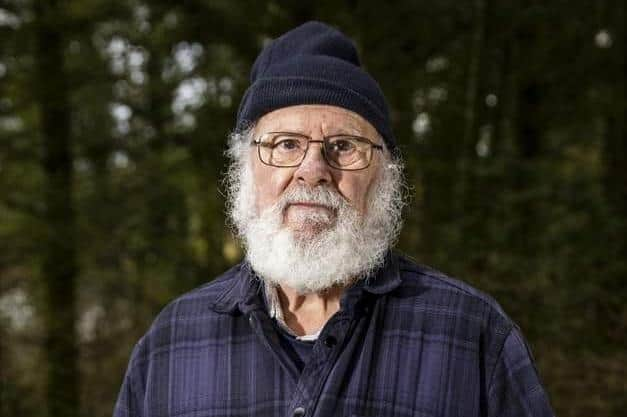

Massacre
Advertisement
Hide AdAdvertisement
Hide AdThen we have the terrible story of the events which took place after most of the 450 crew made it ashore at Kinnagoe Bay.
After receiving help and shelter from Bishop Cornelius at Elagh Castle, Upper Galliagh, they were massacred by troops of Hugh O’Neil, Earl of Tyrone, under the command of a Major Kelly and two English Captains, the brothers Hovenden. About 150 Spaniards escaped back to the shelter of Elagh Castle, and of these many eventually managed to reach Sorley Boy McDonnell at Dunluce Castle. McDonnell was stoutly resisting the English invasion, and was clandestinely shipping Armada survivors to Scotland, where they would receive help and repatriation.
Back at Elagh Castle, about 50 sick and wounded had been left behind because they were ‘dying daily.’
Armada Graveyards
Where are the bodies of the unfortunate victims of the massacre? There are four possible sites. Two are near Elagh Castle, and are identified by local tradition. The others are just over the border in Co. Donegal, but their exact locations are not known.
Advertisement
Hide AdAdvertisement
Hide AdThere are reports that in the 1970s, fingerposts existed in the area indicating ‘Armada Graveyard.’
The anniversary of the massacre falls on September 21.
The best description and analysis of this massacre is to be found in Colin Martin’s 1975 book, Full Fathom Five, although Dr. Martin acknowledges that there are still some gaps in the story which need to be filled.
Beach, Bells and Castles
Another local connection with the Armada is the existence of two ship’s bells, possibly from La Trinidad Valencera. One hangs in the bell tower of Donagh C. of I. church in Carndonagh, adjacent to the famous High Cross.
The other is kept in St Columb’s Cathedral. The provenance of both of these bells needs to be properly investigated by competent professionals.
Advertisement
Hide AdAdvertisement
Hide AdThe remains of Burt and Elagh Castles, which feature in the sorry tale of the fate of the survivors from La Trinidad Valencera, are both worth visiting, although neither is easy of access. Better signage and other facilities are needed.
And there are few more spectacular beaches than Kinnagoe for tourists to visit. For decades past, one of the divers who found La Trinidad Valencera in 1971 has camped every summer in a corner of the car park. Archie Jack is always ready and willing to tell the tale to all who care to listen.
What for the future?
With all this material, it should be possible to create an annual programme of remembrance. Surely there is some local group who would organize such an event.
Examples are set by the splendid work of the organisations mentioned above. Derry really missed a trick, and has some catching-up to do.